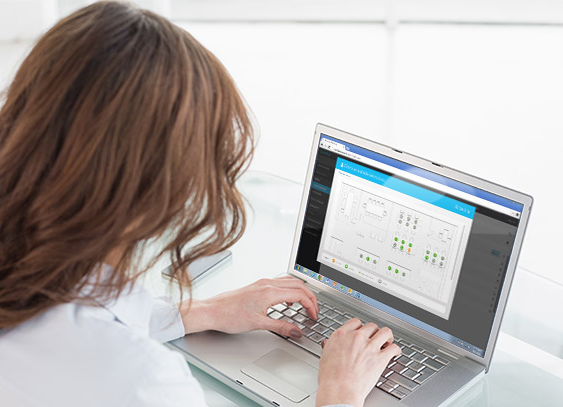The team at CMI Workplace love office design projects but one of the most satisfying types of project is where our workplace design skills are utilised as part of a wider business case to introduce smart working into an organisation. Clients rightly demand empirical data to prove existing patterns of space utilisation to make the case for moving to smart working and inform the design team on the most effective balance of work setting types.
 You may also like to read this related blog: “Occupancy Sensors: Growth Without Growth.”
You may also like to read this related blog: “Occupancy Sensors: Growth Without Growth.”
This data can be critical in ensuring that the move to smart working is effective for the organisation and that the organisation gets it right. Over the last 5 years, established manual data collection methodologies based on observation are being challenged by technology-based systems using presence sensors and we are frequently being asked what is the difference between the two methodologies and more importantly, which is best.
So, here is a quick guide to each methodology:
Manual Observation
- Each office location is allocated a code and a route is planned for the observer (scout) to pass each location and record if it is occupied, claimed (e.g. a jacket hung over the chair), or empty.
- The scout also records what activity is taking place (computer, telephone, paper-based activity or collaboration). Typically, this observation will take place every 20 – 30 minutes during the working day.
- Always aim for a two-week observation period to capture the variety of occupation.
- Information capture is via a smartphone or iPad, which uploads to a cloud-based server at regular intervals.
- Information is analysed to show volume and patterns of occupation, enabling the client and project team to establish an informed occupational brief.
|
Benefits |
Drawbacks |
|
Ability to capture qualitative data such as activities at work settings in addition to quantitative occupation data. |
Higher costs due to requirement for scouts. |
|
|
Some end users object to intrusive nature of scouts presence in the workplace. |
Sensors
- Sensors of various types are attached to work settings (e.g. PIR unit below desk work surfaces).
- Information is captured every few minutes to a cloud-based server. Reports are available within hours of “go live”.
- Analysis of data informs the project brief as per manual method.
|
Benefits |
Drawbacks |
|
Less expensive due to electronic information capture. |
Qualitative data only – captures if space is in use or not. |
|
Higher “scanning rate” data capture every few minutes. |
|
|
More discrete (no scouts). |
|
Why not use both?
Despite much industry debate about which is best, CMI Workplace see a dual approach as the most effective way forward.
 We would always recommend that clients use the sensors method to establish the basic occupational data across the whole organisation. For example using a set of 1,000 sensors in different locations around the organisation over a period of several weeks to grab the “big picture”.
We would always recommend that clients use the sensors method to establish the basic occupational data across the whole organisation. For example using a set of 1,000 sensors in different locations around the organisation over a period of several weeks to grab the “big picture”.
Analyse the data captured to establish which areas would benefit from the more in-depth approach provided by the manual method. Then undertake specific observations in these areas to overlay the additional activities data.
This approach allows us to combine and analyse the two sets of data to deliver an “optimum utilisation audit”. This powerful and insightful audit can then be used to form a key component of the business case to promote smart working.
CMI Workplace creates intelligent and ergonomic office spaces that maximise the performance, efficiency and wellbeing of your team.